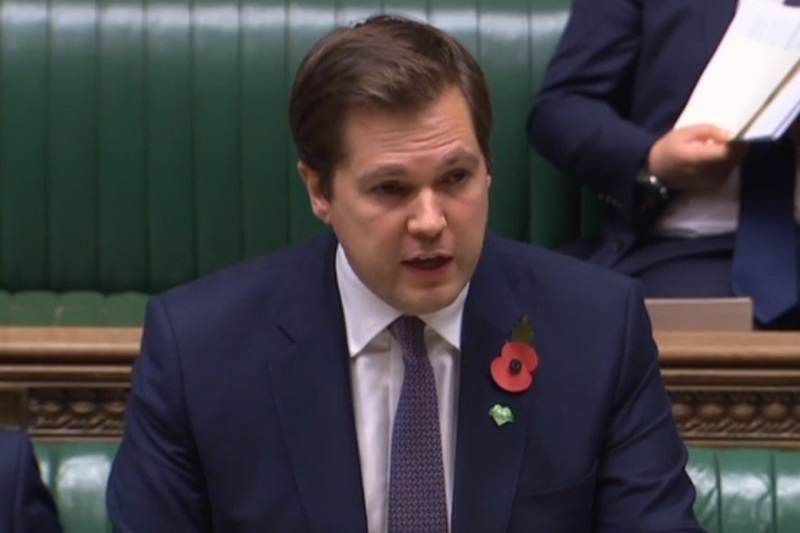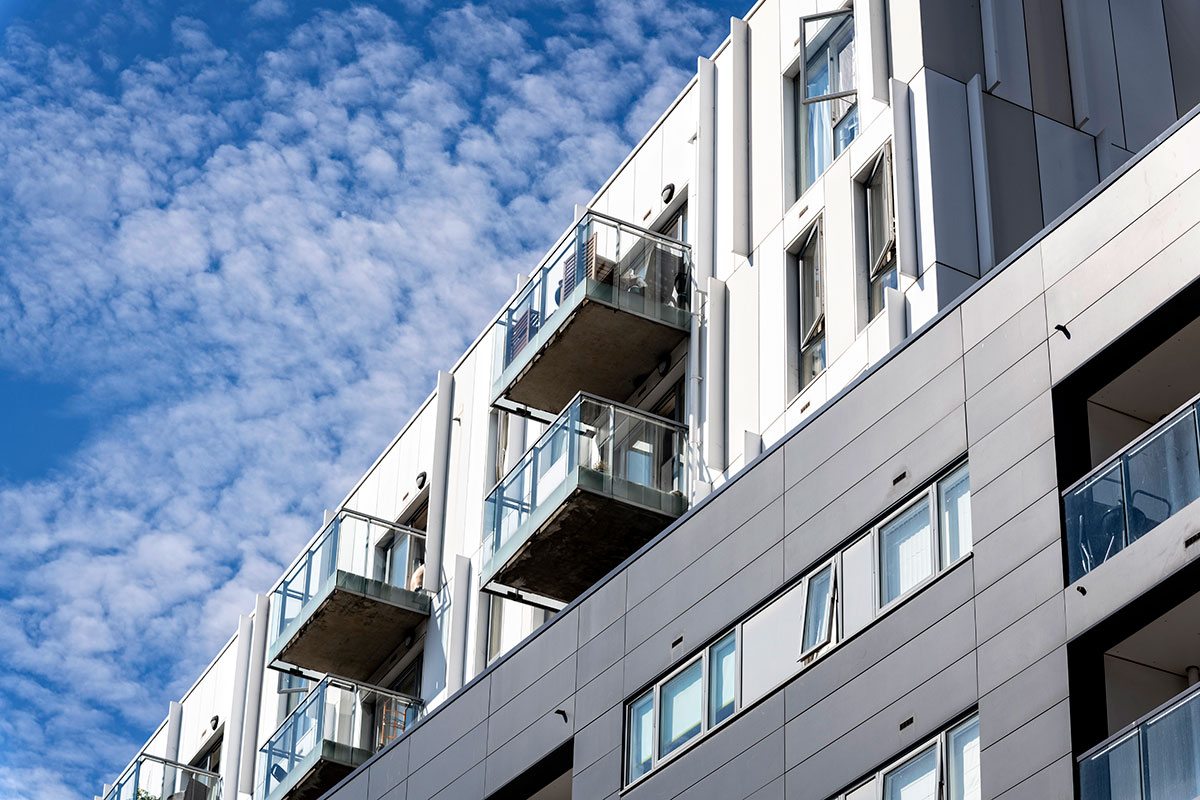You are viewing 1 of your 1 free articles
Government gives extra £3.5bn for high-rise cladding removal and loans for smaller buildings
An extra £3.5bn will be put towards removing dangerous cladding from high-rise buildings taller than 18m, with leaseholders in buildings below 18m being offered loans to fix their buildings, the government has announced.
Speaking in parliament this afternoon, housing secretary Robert Jenrick said that the government would provide £3.5bn on top of the £1.6bn that it has already put towards removing dangerous cladding, taking the total figure to £5bn.
Mr Jenrick declared it the biggest-ever investment in building safety by a UK government and said that leaseholders in medium and high-rise blocks face “no costs, or very low costs” for cladding remediation.
For buildings under 18m, Mr Jenrick said the government would create a new long-term, low-interest loan scheme for leaseholders in buildings where dangerous cladding need to be removed.
The loans will be spread over a number of years, with the government capping payments so leaseholders will never have to pay more than £50 a month.
On top of this, the government will introduce a levy that will be levelled against developers when seeking permission to build high-rise blocks in the future.
The ‘gateway levy’ is expected to raise £2bn from the country’s largest developers in the next 10 years, and will be used to fix historic fire safety defects.
Steps to try to unstick the housing market will also be encouraged, with the government telling banks and building societies to support the Royal Institution of Chartered Surveyors’ (RICS) steps to reduce the number of buildings that require an External Wall System (EWS) safety inspection to secure a mortgage.
Last month RICS, the body that created the EWS1 form for buildings with potentially dangerous cladding, put forward new proposals aimed at significantly reducing the number of blocks that require the highly controversial process.
The decision by the government to provide extra funding today comes after months of campaigning from groups of leaseholders, as well as Inside Housing.
Despite the extra money, leaseholder groups have criticised the measures, saying that that they do not go far enough and that many leaseholders – particularly those living in blocks under 18m – will miss out on support.
The Housing, Communities and Local Government Select Committee has estimated that the total bill for solving the building safety crisis could be £15bn, and it is unlikely the government funding will cover all blocks.
Ahead of the announcement, the End Our Cladding Scandal Campaign demanded that the funding covers all buildings regardless of height and that upfront funding is provided to fix all fire safety defects, not just cladding, in all buildings.
Speaking in parliament, Mr Jenrick said: “This means the government is providing more than £5bn, including a further £3.5bn announced today.
“Plus, the significant cost of the very generous financing scheme, which will run for many years to come, to ensure all leaseholders in medium and high-rise blocks face no costs, or very low costs, if cladding remediation is needed.
“We want to ensure that the government develops this long-term scheme which will protect leaseholders with financial support.”
This story will be updated
Sign up for our fire safety newsletter
Already have an account? Click here to manage your newsletters
Sign up for our Retrofit Challenge Virtual Summit
If topics such as those mentioned in the above article are of interest to you, register for our Retrofit Challenge Virtual Summit here.














